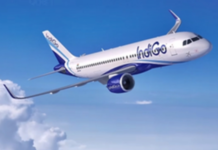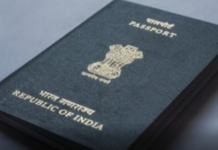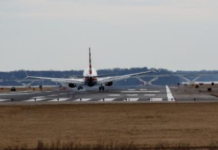New Delhi– The Investment Information and Credit Rating Agency (ICRA) has revised the outlook for the Indian aviation industry to ‘Stable’ from ‘Negative’, given the fast-paced recovery in domestic passenger traffic in FY2023 and the expected continuation of the same in FY2024.
Moreover, the industry has witnessed improved pricing power, as reflected in the healthier yields and thus the revenue per available seat km – cost per available seat kilometre (RASK-CASK) spread of the airlines.
The same is expected to continue, given the sequential decline in aviation turbine fuel (ATF) prices from the peak of June 2022 and the anticipation of relatively stable foreign exchange rates.
ICRA projected domestic passenger traffic growth at 8-13 per cent in FY2024, post the 55-60 per cent expansion in FY2023, to reach 145-150 million, which is much higher than the pre-Covid levels.
ICRA estimated international passenger traffic for Indian carriers to witness a YoY growth of 10-15 per cent in FY2024, post the 125-130 per cent expansion in FY2023.
The international passenger traffic for Indian carriers is likely to surpass the pre-Covid levels in FY2023 itself while exceeding the peak of FY2019 in FY2024. Over the medium term, growth in the Indian airline sector will be driven by improving airport infrastructure in addition to the government’s concerted efforts to promote regional tourism.
Commenting further, Suprio Banerjee, Vice President & Sector Head – Corporate Ratings, ICRA Limited, said: “The pace of recovery in industry earnings will be gradual owing to the high fixed cost nature of the business. The industry is estimated to report a net loss of Rs 110-130 billion in FY2023 due to elevated ATF prices twined with the depreciation of the Indian rupee against the US dollar. However, the same is much lower than the net loss of Rs 235 billion in FY2022 and ICRA’s earlier estimated net loss of Rs 150-170 billion in FY2023, primarily driven by the improved ability of the airlines to shore up their yields without impacting the demand. The net loss is further expected to compress to Rs 50-70 billion in FY2024, as airlines continue to witness healthy passenger traffic growth and improve their RASK-CASK spread through better pricing discipline.”
Despite a healthy recovery in passenger traffic, the domestic aviation industry continues to face challenges on account of elevated ATF prices and depreciation of the Indian rupee vis-a-vis the US dollar, both of which have a major bearing on the airlines’ cost structure.
Fuel costs account for 30-40 per cent of the airlines’ expenses, while 35-50 per cent of the airlines’ operating expenses — including aircraft lease payments, fuel expenses, and a significant portion of aircraft and engine maintenance expenses — are denominated in US dollar terms, it said.
The competitive landscape in the domestic aviation industry is set to change with the foray of new entrants, likely re-initiation of operations by Jet Airways, and consolidation of Air India, Air Asia India, and Vistara.
In ICRA’s view, capacity addition in FY2023 will be limited to around 10 per cent of the FY2022 fleet of airlines, which was close to around 700 aircraft. (IANS)







